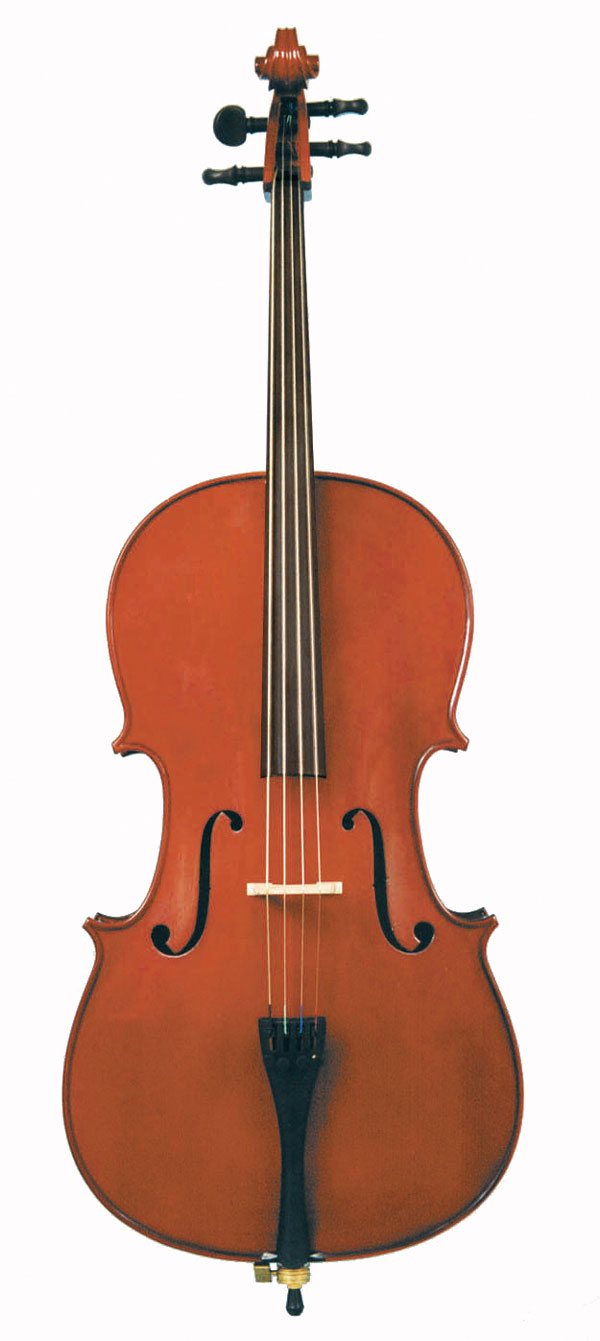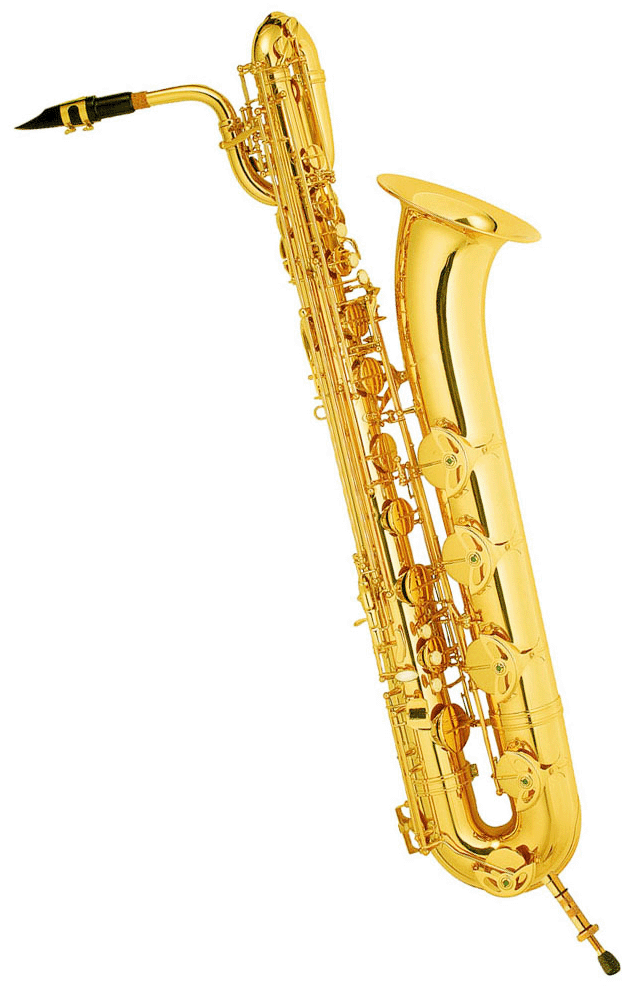Not just electric bass
It is important to understand that the electric bass is only one a possible incarnation of a formal principle, the melodic expression of the foundation of harmony, which can also be created by other instruments or sets of instruments. First of all the bass isa register, a range, a frequency that usually expresses the lowest note of a chord.
What are the instruments that can take the place of an electric bass? Which other musicians play the decisive role of the bass player?
Certainly great bassists are the virtuosos of keyboard instruments such as the organ, called the king of instruments, in which the deep basses are performed with the feet on the pedals (the greatest bassist of all time was not Jaco Pastorius but Johann Sebastian Bach…!), or the piano.
The wide register of these instruments allows a total approach to music and its formal elements. Indeed on the keyboards it is possible, by simplifying, to play the chords or the bass line with the left hand and the melody with the right hand.
The instrument closest to the electric bass, in terms of its function, history, register and tuning, is the double bass (the electric bass was born in practice as a brilliant idea to replace the double bass and simplify the life of bass players). We know how this noble and ancient relative is used in pizzicato mode in jazz, dealing with rhythmic-harmonic accompaniment in that wonderful style called walking bass.
Before its use in Jazz, the double bass, has always been an orchestral instrument in nella musica classica, classical music, also committed there to humbly and solidly support harmony (but of course also rhythm and intonation). Several double basses together form a mighty row in the string section.

Double bass
Among the bowed string instruments, the cello is also often used in the function of supporting the bass of the harmony, albeit with a higher register than the double bass, a minor sixth above, produces sufficiently low notes to effectively support this role. In the instrumental ensemble called the string quartet, the cello, just as the lowest instrument of the company (the others are two violins and one viola), often takes on this function, although not exclusively.

Cello
Wind instruments also include many representatives of the world of low frequencies among their ranks.
Starting from the brass we have the trombone, used in both classical and jazz music, in its versions of bass and double bass trombone, and then above all there is the bass tuba, which is the largest representative of the family, initially for band use and popular music, was introduced, from Wagner onwards, in symphony orchestras. It also played an important role in the jazz band of the origins, then replaced by the double bass. Its accompaniment style is characterized by simplicity and by notes played well-separated from one another, but also by the extreme power of the sound.

Bass Tuba
Next, the variegated family of saxophones includes the baritone saxophone, bass, double bass and (!) Sub-double bass. There is also a little used cousin: the double bass sarrusophone.

Bass Saxophone
Among the woods we find the bass clarinet, also played by Marcus Miller, the bassoon and the contrabassoon, which have a similar relationship to the one between cello and double bass.

Contrabassoon

Bassoon
Finally, flying over an infinite number of bass instruments, the human voice also contributes to the low frequencies, the bass voice, from the basso buffo (funny bass) to the basso profondo (deep bass), although not with such low frequencies as in the case of the electric bass, the double bass or of the contrabassoon, takes on the same function as a harmonic base in the choir and in the a cappella formations.
